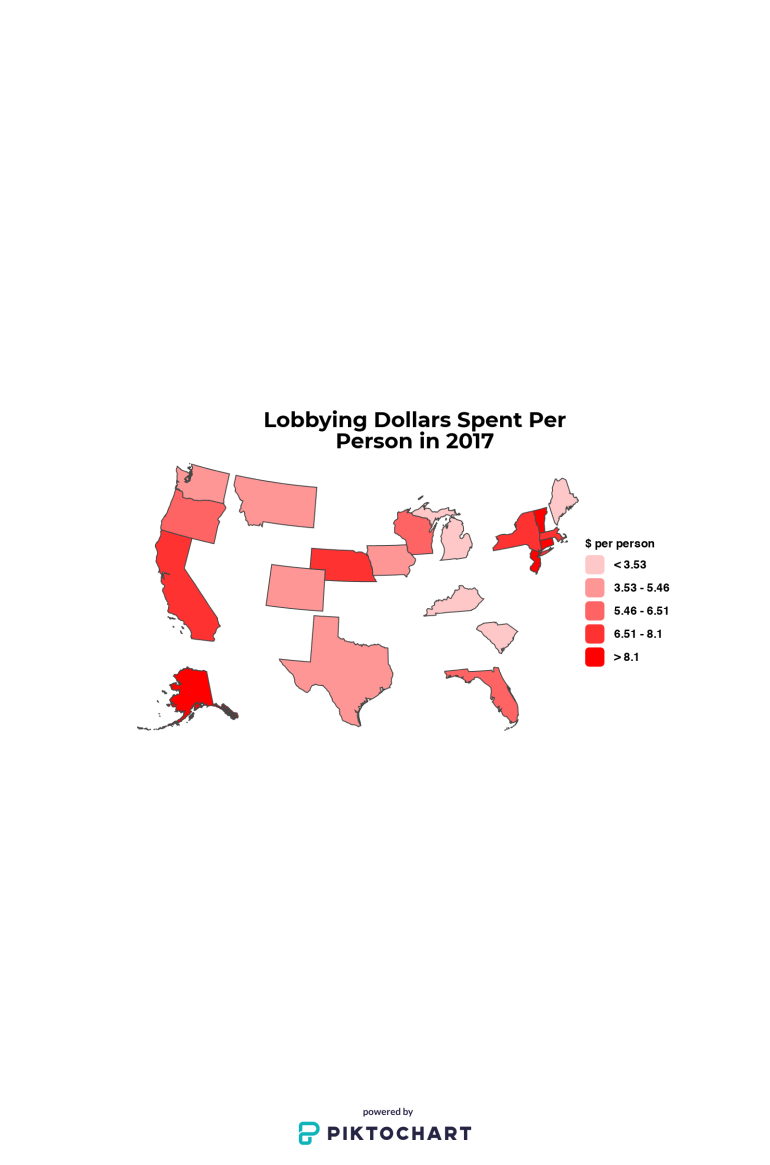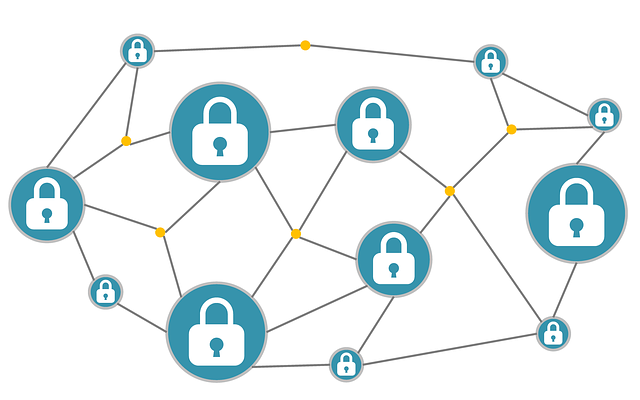Understanding Buyer Motivation: Getting More of Your Ecommerce Customers to Checkout

(Author’s note: I wrote this post for BigCommerce and Dunn Solutions Group. The original can be found here on BigCommerce’s blog.)
Understanding the motivations behind your buyers, how they interact with your ecommerce site, and where they are in terms of their decision-making process is crucial for any seller.
Here are some eye-opening statistics about today’s digital marketplace:
- 50-90% of the buyer’s journey is complete before a buyer reaches out to sales.
- 67% of the buyer’s journey is now completed digitally.
- 25% of buyers reveal their interest to vendors at the early stages of the journey.
These findings speak volumes about what goes on inside the heads of today’s consumers.
Gaining better insight into what drives them to visit your site and decide to purchase will set you up for more successful interactions with your customers.
What is Buyer Motivation?
Buyer motivation is the set of psychological factors behind a consumer’s decision to make a particular purchase.
That purchase is the end result of a process referred to as the “Buyer’s Journey” — a three-stage process consisting of:
- Awareness.
- Consideration.
- Decision.
Some may define this using a different number of stages, but the underlying concepts are the same.
Let’s take a look at these stages and examine how they relate to a buyer’s purchasing motivation.
1. Awareness.
This is the primary stage of the journey, where a buyer becomes aware of a problem, want, or need.
It could be the need to purchase a smoke detector, or renter’s insurance, or anything for that matter.
The motivation here can be either internal or external (we’ll go into further detail about the differences in the next section), and it’s important that pain-points be addressed to help identify the problem.
2. Consideration.
Once a buyer is aware of their problem (or want or need), they are then motivated to start gathering information.
At this stage buyers are considering their options, so providing any product education resources like product specs, reviews, and other details will be greatly appreciated.
3. Decision.
It’s at this stage where the buyer is motivated to make a final decision and has determined that their needs have been met.
One important note to keep in mind stems from a 2009 study which discovered that two factors can affect final purchasing decisions:
- Negative feedback from other customers.
- The level of motivation to comply or accept the feedback.
The study’s authors noted the following example for a customer at the decision stage:
A customer chooses to buy a Nikon D80 DSLR camera. However, because his good friend, who is also a photographer, gives him negative feedback, he will then be bound to change his preference.
Motivation itself can be generated either internally or externally – psychologists refer to this as intrinsic versus extrinsic motivation.
Internal motivation is what drives us to make decisions based on our own wants and/or needs.
It steers our behavior and actions toward goals and outcomes that are personally rewarding to us.
A consumer may have a desire — a want — to purchase a new car that’s more luxurious than their current model. By the same token, that same consumer may also be driven by the need to replace an older vehicle in decline.
External motivation, on the other hand, is driven by outside factors in our environment.
This is either the desire to gain something or avoid/mitigate risk and can be based upon rules and regulations or social pressure. While bike helmets are required by law in some places, even in the absence of legal consequences there is a fear of looking reckless in front of peers.
Coming back to the smoke detector reference from earlier, there can be multiple motives based on a buyer’s persona.
Homeowners, landlords, and renters are motivated in different ways in terms of why they purchase one — whether fear of code violations, fines, evictions, or lawsuits.
How to Determine Your Seller Motivation
Before we dive deeper into the motivations of our customers, it’s important to begin with a degree of self-examination and reflect on what your own motivations are as a seller.
The questions below will help to guide you in gaining more insight into your customer’s decision-making process.
1. Where do you want your product to be positioned in the market?
Seller, know thyself! Where — and what — do you want to be?
Some auto manufacturers, such as Lamborghini or Aston Martin, consider themselves to be firmly placed in the high-end luxury market.
Others, such as Hyundai, offer models appealing to different price points, with the Accent, Elantra, and Sonata lines.
For home furniture retailers, you have Walmart positioned on one end and Ethan Allen on the other (with IKEA sitting somewhere in the middle).
2. Who do you want to sell to?
Who do you want your customers to be?
Are they utilitarian, looking for only basic features/functions to accomplish the task, or status and prestige-driven, desiring extras that will make the experience even better?
Are they budget conscious, or is cost not an object?
3. What is your definition of a successful customer?
What is a happy customer to you?
Is it someone who will write glowing product reviews on your site or elsewhere on social media?
What factors do you deem most important that will drive repeat business?
Figure these out for your customer base and you will have a much better insight into both your motivations as well as theirs.
How to Segment Customers Based on Motive
A myriad of factors can influence our decision to purchase a particular product.
It could be the need to signal prestige in order to impress our peers (or ourselves), or it could be the need to address a concern regarding physical safety, money, loss of time, or simply what many millennials call “FOMO” (Fear Of Missing Out).
Now let’s think about shoes for a moment.
If you’re a nurse or restaurant worker, you will probably be more interested in something best suited to handle being on your feet all day.
If you work in an industrial setting, comfort is also going to be important, but the safety provided by a pair of steel-toe boots with non-skid soles will take precedence.
For those who favor form over function, it might be the right pair of Allen Edmonds oxfords or Manolo Blahnik pumps.
And what about aspirational buyers?
While professional athletes the likes of LeBron James or Kevin Durant wear Nike’s high-performance sneakers on the court, plenty of customers who never see the inside of a basketball court are still inspired to pay $200 or more to have the same footwear as their idols (Saturday Night Live made a hilarious fake commercial about this back in 2013).
An extremely helpful method that you can apply in terms of buyer motivation comes from the VALS Framework, used by marketers for decades now.
Consumers are segmented into one of eight different types, based on psychological and demographic traits along two dimensions: resources available and primary motivations.
These primary motivators are ideals, achievement, and self-expression.
The eight VALS types are as follows:
- Innovators
- Thinkers
- Believers.
- Achievers.
- Strivers
- Experiencers
- Makers
- Survivors
When determining messaging, many of our clients have asked us to help segment their customers, whether newly acquired or long established.
Leveraging machine learning and advanced analytics can help identify the most relevant attributes relating to demographics, psychographics, geography, and behavior, which can help inform buyer personas alongside VALS types.
Translating Motive Into Ecommerce Action
We’ve examined the psychology behind what drives consumers to make a purchase decision while reflecting inward to understand what your own motives are as a seller and how you view yourself in the marketplace.
Drilling down further, we then explored how to best segment your customers based on their different motivations. With our discussions around theory out of the way, let’s get more practical now and figure out how you can translate this into action and market to buyer motives.
The key takeaway here is that motive needs to drive site design.
When we talk about site design, there are three primary factors we need to consider — all of which play a crucial role in successful customer engagement.
1. User interface.
User interface (UI) deals with the look and feel of a site.
The psychological influences behind choice of color have long been understood by designers.
We know that red can invoke feelings of passion, while blue can help calm us.
This also applies to font choice — sans serif fonts can look more modern, while serif fonts have a more traditional appearance — as well as the images you place onto your site.
If you’re selling a hammer designed to break through a car window in an emergency, you need to appeal to your customer’s sense of fear and need for safety. Bold fonts, shades of red, and the right images will invoke these senses to motivate them toward purchasing your your product.
Conversely, if you’re selling high-end perfumes, you need to appeal to your customer’s sense of prestige and luxury. Images of attractive and glamorous people subconsciously motivate your customers to want to aspire to be them.
2. User experience.
The user experience (UX), in contrast to the user interface, describes the navigation of your site.
This ties into how you group your products and present your categories, and what filters and facets you use to help customers narrow down their choices.
Customer motivation should drive the user experience — a fashion buyer looking for dress shoes, for instance, will be more interested in filtering by color than something like durability, whereas the opposite may apply to someone looking for work shoes for a factory setting (safety-motivated vs. prestige).
3. Non-catalog content.
This can include blogs, product reviews, or videos. Anything that you put onto your site for your customers’ consumption needs to be able to reflect your brand and speak to their motivations.
Having a blog alongside your retail content not only helps with SEO — it also is a great resource hub for shoppers who are interested in learning more about your product or your industry.
Having product reviews (bonus points if they include pictures) helps users understand the pros and cons of each product, and can even help to answer any lingering questions they may have.
Videos of people interacting with, using, or wearing your product helps put dimensions into context, and add an additional resource for shoppers who are wondering what the physical product looks like.
4 Ways to Look for Buyer Motives
Armed with this clearer understanding of your customers’ motivations and how to put that into action as a seller, the final piece of the puzzle is to know what signals to watch for. Here are four ways to look for your buyer’s motives:
1. What are customers asking your customer service reps?
Leverage the wealth of information that comes from the conversations your service reps are having with your customers.
Are they asking for guarantees, discounts, refunds? Find out what they are asking questions about, as well as what they are asking for — examine those trends over both the short and long-term to gain better insight.
2. What specific categories or products are buyers looking at on your site?
Alongside gleaning important details from your service rep’s conversations, tracking your buyer’s activities is crucial.
Being as familiar as possible with what your buyers are looking at (and where) on your site will allow you to have a far more detailed understanding of their motivations.
3. Use marketing mix analytics to determine which channels work the best.
Employing predictive analytics can enable sellers to analyze their marketing allocation.
Here at Dunn Solutions we’ve worked with numerous clients to help them better understand the impact of their marketing efforts, and how to determine the optimal mix and budget to maximize ROI.
Companies that use marketing mix analytics tend to drive an average of 40% improvement in marketing campaigns, while also being better able to balance short-term marketing and promotion tactics with long-term brand building needs.
4. Use web analytics to determine any geographic and/or psychographic segments.
Google Analytics provides a wealth of information about your customers.
Consider the Behavior Flow report, which will allow you to see how visitors are interacting with your site.
Site analytics will allow you to uncover insights about your customer base.
You might encounter geographic and/or personality segments you may have never thought to market to before!
Executive Summary
Buyer motivation is the driving force behind what makes your customers decide to make purchases on your site.
Engaging with them at whichever stage they are at in their journey, knowing the right psychological factors at play, and being able to know yourself and how to correctly position your products in the marketplace complete this picture.
Armed with this insight, you can properly segment your customers based on their individual motives, whether those be fear, safety, pleasure, or prestige.
Leveraging this knowledge by tailoring your site’s aesthetics, navigation, and supplemental content, and understanding what signals to look for as your customers interact with you can turn insight into action.




 One important component of many blockchain applications are
One important component of many blockchain applications are 
 In terms of security, there are several aspects to note. If someone tries to tamper with any of the recorded transactions, a new record is then created, with every participant notified of the change. Also, as mentioned above, completed blocks are “sealed” via encryption. Wonder how that works? Many of us who grew up in the U.S. performed our own (albeit much simpler) versions of decryption as children. Remember cereal box decoder rings? Or elementary school worksheets instructing us to spell out a secret message where 1 = A, 2 = B, and so on? Blockchain cryptography is somewhat more
In terms of security, there are several aspects to note. If someone tries to tamper with any of the recorded transactions, a new record is then created, with every participant notified of the change. Also, as mentioned above, completed blocks are “sealed” via encryption. Wonder how that works? Many of us who grew up in the U.S. performed our own (albeit much simpler) versions of decryption as children. Remember cereal box decoder rings? Or elementary school worksheets instructing us to spell out a secret message where 1 = A, 2 = B, and so on? Blockchain cryptography is somewhat more